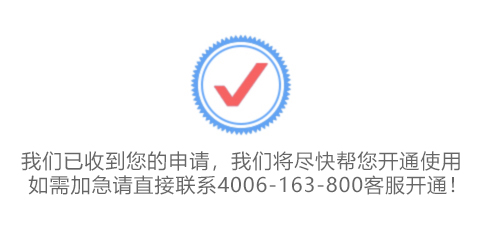外贸订单管理系统在客户关系管理中的应用
外贸订单管理系统在客户关系管理中的应用
在全球贸易竞争日益激烈的背景下,外贸企业需通过高效的工具整合业务链条,而订单管理系统(OMS)与客户关系管理(CRM)的深度融合,正成为提升客户黏性、增强企业竞争力的关键策略。以下从多维度解析其应用价值与实现路径。
一、系统整合的必要性:从数据孤岛到协同赋能
传统外贸企业中,订单管理与客户管理往往分属不同部门,导致客户需求与订单执行脱节。例如,某机械出口企业的客服人员无法实时获取订单物流状态,客户需多次询问才能得到反馈,严重影响体验。通过OMS与CRM的整合,可实现:
1.客户画像动态化:基于订单历史(采购周期、产品偏好等)自动更新客户标签,辅助销售预测。
2.服务响应自动化:订单状态变更(如清关延误)触发CRM提醒,主动推送通知至客户。
3.风险预警前置化:结合客户付款记录与订单金额,动态评估信用风险。
二、核心应用场景:全生命周期管理的闭环
1.售前阶段:精准需求匹配
-案例:某服装外贸企业通过CRM中的客户风格偏好数据,在OMS中定制化推荐面料与版型,成单率提升30%。
-技术实现:利用API将CRM的客户标签同步至OMS,自动筛选匹配SKU。
2.订单执行阶段:透明化协同
-物流追踪嵌入CRM界面:客户登录后可实时查看生产进度、物流轨迹,减少客服咨询压力。
-异常处理联动:当OMS检测到交货延迟,自动触发CRM的补偿方案推送(如折扣券或优先排产)。
3.售后阶段:数据驱动的复购策略
-智能分析模块:整合OMS的订单频次、金额与CRM的沟通记录,识别高潜力客户。
-自动化营销:根据客户历史订单生成产品升级建议(如某电子配件商推送兼容新机型的产品)。
三、技术实现的关键路径
1.系统架构设计
- 采用微服务架构,通过中间件(如MQTT)实现OMS与CRM的异步通信,避免数据阻塞。
- 示例:阿里云DataWorks可构建跨系统数据管道,支持实时同步与清洗。
2.数据安全与权限管理
- 基于RBAC模型(角色权限控制),确保销售仅能查看负责客户的订单详情,财务部门可见付款状态等。
3.AI增强的应用场景
-智能推荐引擎:利用机器学习分析客户行为,预测下一季度采购需求(如某化工企业提前备货特定原料)。
-NLP客服机器人:整合订单查询功能,支持多语言自动应答(如“您的订单XYZ预计3天后抵达鹿特丹港”)。
四、挑战与对策
1.实施难点
-数据标准化:历史订单格式不一(如EXCEL、PDF),需通过OCR+人工校验实现结构化。
-组织变革阻力:销售团队可能抵触流程透明化,需设计KPI激励机制(如客户满意度挂钩奖金)。
2.成本优化策略
- 中小型企业可采用SaaS化解决方案(如网易外贸通),降低定制开发成本。
- 分阶段实施:优先整合高价值客户模块,再逐步扩展。
五、未来趋势:从工具到生态的进化
1.区块链技术的整合
订单物流信息上链(如IBM Food Trust模式),增强跨境贸易的可信度,客户可通过链上数据验证原产地真实性。
2.预测性客户管理
结合宏观经济数据(如汇率波动、行业政策),系统自动生成风险提示与备选方案,辅助决策。
结语
外贸订单管理系统与CRM的深度融合,不仅是技术升级,更是以客户为中心的战略重构。通过数据流动打破部门壁垒,企业能够实现从“被动接单”到“主动服务”的转型,最终在客户生命周期中创造持续价值。未来,随着AI与物联网技术的渗透,这种整合将推动外贸行业向智能化、生态化方向加速演进。



 团队
团队

























